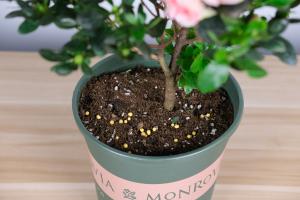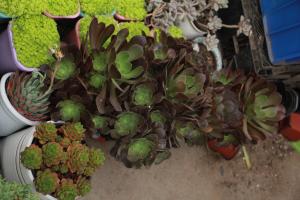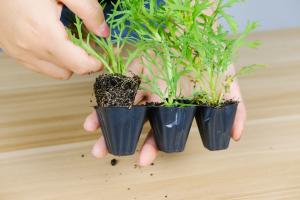1、 Soil:
Wild papaya has strong adaptability and is not demanding on the soil. It can grow in general soil. However, it is best to cultivate on loose, fertile and well drained acidic to neutral loam
2、 Fertilization:
In the early stage of wild papaya, organic fertilizers such as soil manure and stables manure should be used as the base fertilizer, and foliar fertilizers such as boron fertilizer and foliar treasure should be applied in the later stage of flowering
3、 Watering:
Wild papaya needs a lot of water during its growth. Watering in time can promote and speed up the growth of wild papaya. After the result, the number of watering can be reduced
4、 Temperature:
Wild papaya is not resistant to cold and is vulnerable to freezing injury. It is suitable for living in a high-temperature environment. The best suitable temperature range is 22-25 ℃
5、 Pest control:
Wild papaya has strong resistance. As long as it is fertilized reasonably and pruned on time, it will not appear. Common diseases include leaf blight, dry rot and so on. Leaf blight, skin blight, etc. Dry rot can be sprayed with 1:2:200 Bordeaux solution. The skin blight shall be scraped away with force, fumigated with sulfur for diseases and pests or coated with stone sulfur mixture. Pests include longicorn beetles and aphids. Pesticides such as Omethoate are effective. They can also be lured and killed by trapping and killing technology to prevent and control pests

 jackfruit
jackfruit snake plant
snake plant hibiscus
hibiscus hydrangea
hydrangea lavender
lavender Green roses climb al...
Green roses climb al... If you don't pay att...
If you don't pay att... Management of four g...
Management of four g...



































